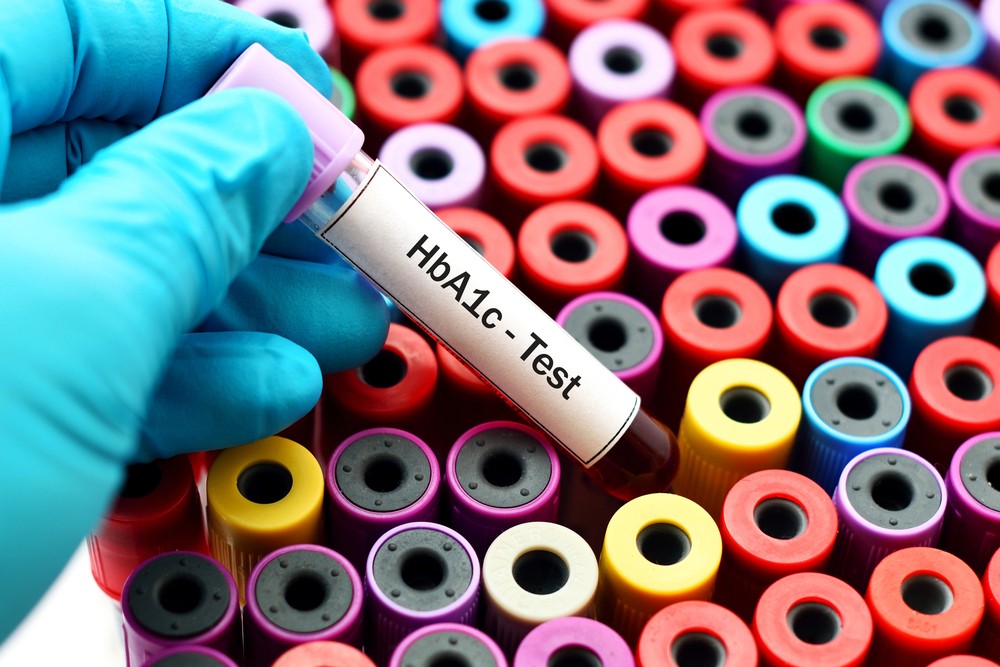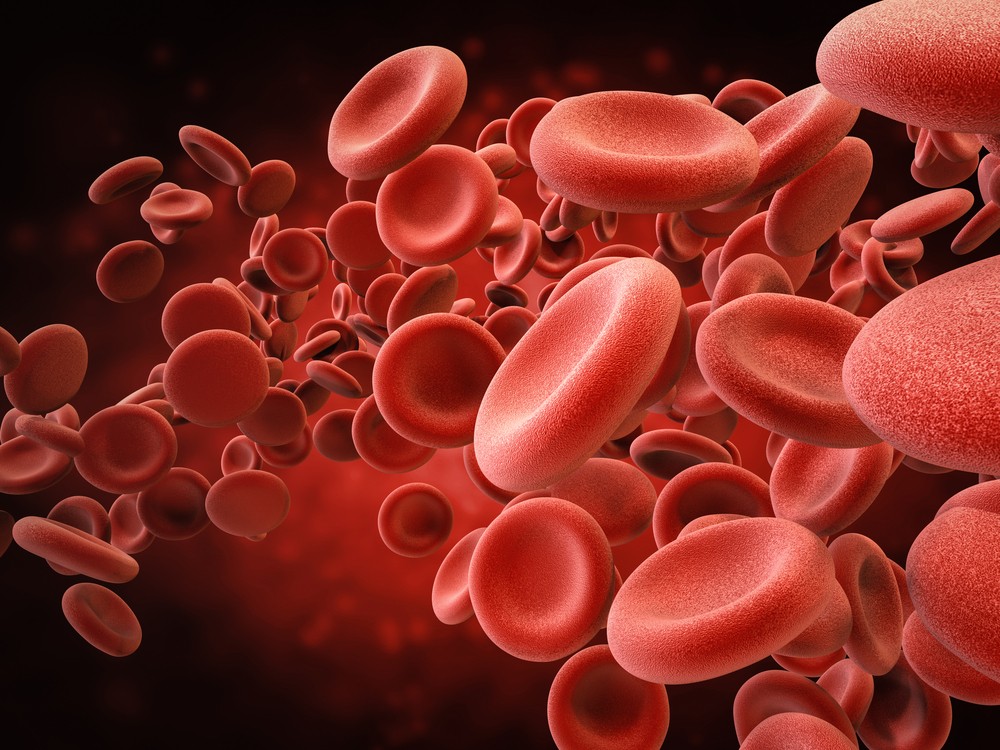All About the HbA1c Test
HbA1c: What is it? What does it stand for? And how can it help with diabetes management?

By Susan B. Sloane, BS, RPh, CDE
If you are living with diabetes, chances are you’ve taken a blood test known as HbA1c or Hemoglobin A1c. HbA1c is a very common test for diabetes patients because it helps doctors and patients get an overall picture of how well the disease is being managed.
Overall, HbA1c gives an “average” blood glucose range covering a timeframe of approximately two to three months. This is because the test essentially measures the amount of glucose attached to red blood cells, and these cells travel around your body and recycle about every three months.
An HbA1c level of a non-diabetic individual is generally below 5.7 percent. According to the CDC, prediabetes is indicated by an HbA1c measurement of 5.7 to 6.4 percent.[1] If you have been diagnosed with diabetes or pre-diabetes, it is important to work closely with your health care team to establish a goal HbA1c and stay within the designated range.
The American Diabetes Association sponsors a website where you can check the correlation between HbA1c and average glucose levels.[2] These numbers can help you determine whether you are on track with your diabetes management, or whether you need to make some changes to the way you are living.
Just so you can get an idea of how these numbers work, a Hemoglobin A1c measure of 7 percent equates to an average blood glucose level of about 154 mg/dl (8.5 mmol/L). For reference, an HbA1c of 7 or lower is a basic target for adult patients with diabetes.[3]
In general, the consumption of food won’t directly affect an HbA1c test. Yet, there are other factors that may lead to falsely high or low HbA1c readings; any process that affects the life span of red blood cells will lead to an inaccurate reading.
Iron deficiency anemia, for example, and small bleeds such as those from ulcers can cause a falsely elevated HbA1c.[4] Patients with kidney disease are subject to anemia and this needs to be taken into consideration when analyzing blood tests.
Conversely, any conditions that may cause red blood cells to decrease their lifecycle, such as hemolysis, can lead to a falsely low HbA1c.[5] Hemolysis causes the production of immature red blood cells with a different lifecycle, while hemolytic anemia is an autoimmune disorder and is relatively rare.

If your HbA1c level does not seem to correspond to your home blood glucose readings, other blood conditions may be causing the readings to be inaccurate. If this is the case, it’s important to speak to your physician or medical team in order to determine what exactly is causing false HbA1c readings.
If you receive HbA1c results that you didn’t expect, don’t be discouraged by the information; instead, use the test to monitor your progress as you move forward and advance toward your healthy self.
Anyone living with diabetes knows that managing everything that surrounds the disease is a balancing act that requires patience, courage, and knowledge. By working closely with your physician and medical team, you can receive useful information that will help you live a balanced lifestyle. Similarly, you can connect with other diabetes patients and your peers can suggest techniques that help them manage the disease.
Most importantly, your Dario Blood Glucose Monitoring System is an extremely powerful tool that can help you gather information to guide you throughout the day. The data that you gather will serve as a guide for your healthcare team to suggest changes in your therapy.
Keep in mind, that even if you don’t currently have diabetes, an HbA1c test can help you see if you are at risk for diabetes. In the United States alone, 86 million people have pre-diabetes; that equates to about 1 out of every 3 adults.[6] If these patients don’t implement an effective treatment that includes weight loss and/or diet plans,15-30 percent will develop diabetes within five years.
In the end, it’s important to remember that there is no perfect formula for good diabetes control and every patient is different. By exchanging information and ideas with your peers and health care providers, while simultaneously monitoring your progress, you will get better at achieving your health goals. The more you know about living with diabetes and how to keep your body in shape, the healthier (and happier) you’ll be!
About Susan Sloane
Susan B. Sloane, BS, RPh, CDE, has been a registered pharmacist for more than 29 years and a Certified Diabetes Educator for most of her career. Her two sons were diagnosed with diabetes, and since then, she has been dedicated to promoting wellness and optimal outcomes as a patient advocate, information expert, educator, and corporate partner.
Susan has published numerous articles on the topic of diabetes for patients and health care professionals. She has committed her career goals to helping patients with diabetes stay well through education.
<b>Medical Disclaimer</b>
The articles provided on this website are for informational purposes only. In addition, it is written for a generic audience and not a specific case; therefore, this information should not be used for diagnostic or medical treatment. This site does not attempt to replace the patient-physician relationship and fully recommends the reader to seek out the best care from his/her physician and/or diabetes educator.
[1] Centers for Disease Control and Prevention. (2012, March). Removal of cross-over regression to compare Hemoglobin A1c data from 2005-2006 to 2003. Available at https://www.cdc.gov/nchs/data/nhanes/A1c_webnotice.pdf
[2] American Diabetes Association. (2014, September 29). A1C and eAG. Available at http://www.diabetes.org/living-with-diabetes/treatment-and-care/blood-glucose-control/a1c/
[3] The Diabetes Control and Complications Trial Research Group. The effect of intensive treatment of diabetes on the development and progression of long-term complications in insulin-dependent diabetes mellitus. N Engl J Med. 1993;329(14):977-986.
[4] Tarim O, Küçükerdoğan A, Günay U, et al. Effects of iron deficiency anemia on hemoglobin A1c in type 1 diabetes mellitus. Pediatr Int. 1999;41(4):357-362.
[5] Larese J. When is hemoglobin A1c inaccurate in assessing glycemic control? NYU Langone Internal Medicine Blog, Faculty Peer Reviewed. http://www.clinicalcorrelations.org/?p=5190. Updated February, 2012.
[6] Centers for Disease Control and Prevention. National Diabetes Statistics Report: Estimates of Diabetes and Its Burden in the United States, 2014. Atlanta, GA: U.S. Department of Health and Human Services, Centers for Disease Control and Prevention, 2014. Available from http://www.cdc.gov/diabetes/pubs/statsreport14/national-diabetes-report-web.pdf.
DAR -0003 RevA 05/2019







